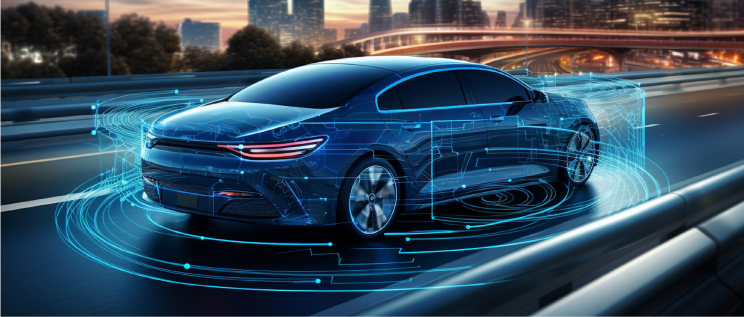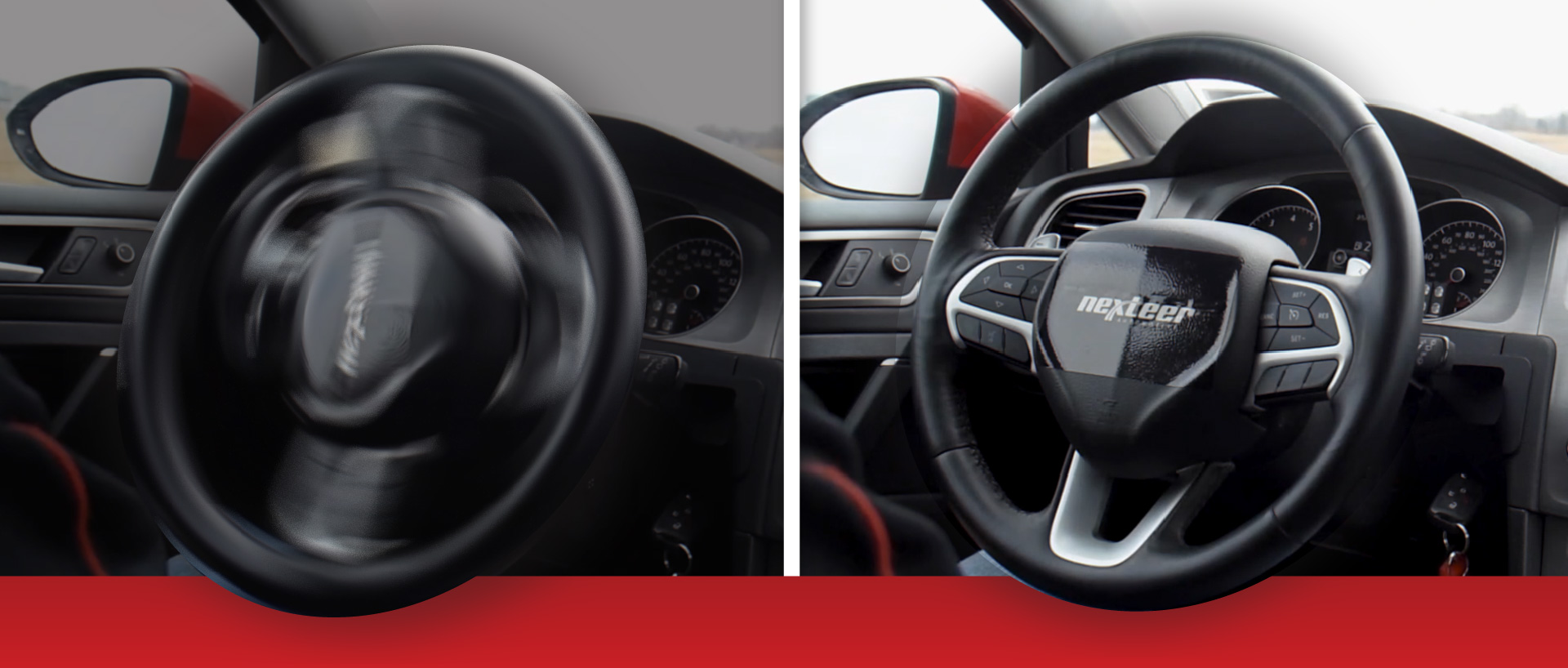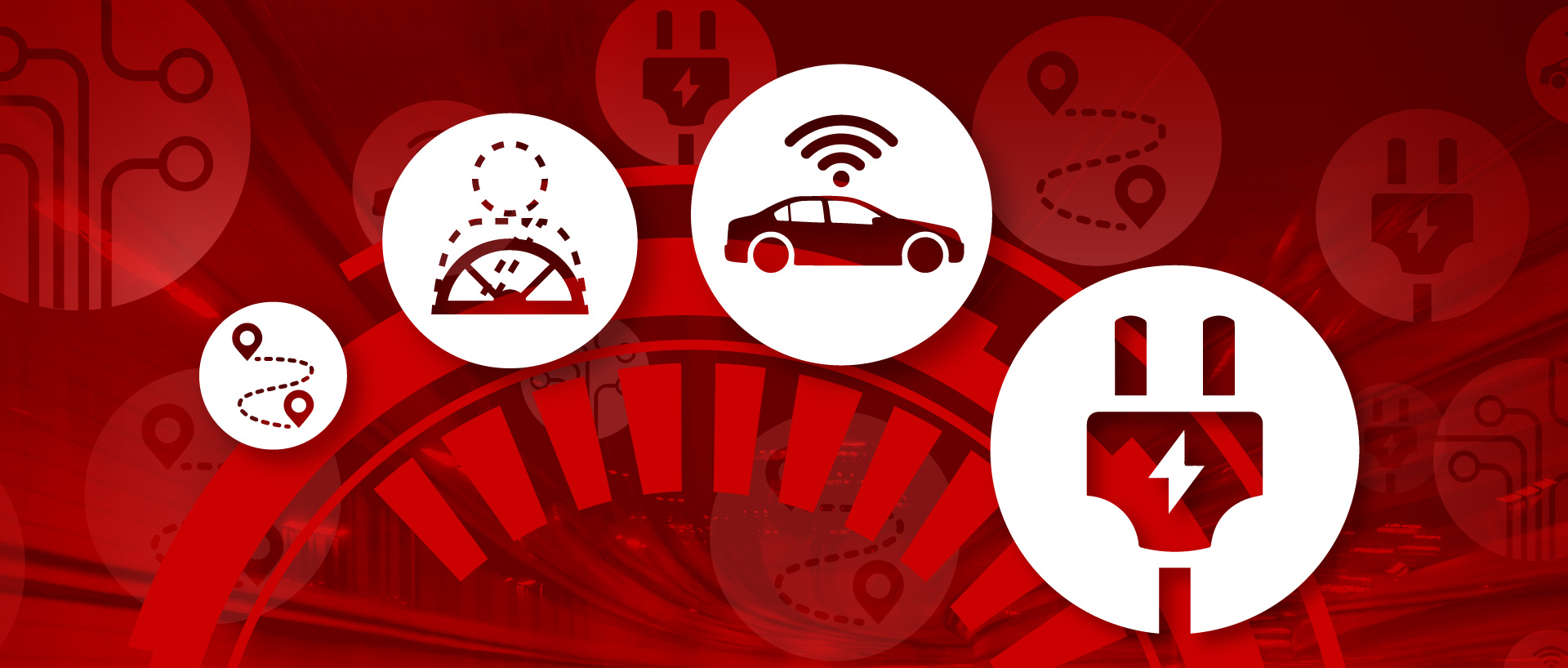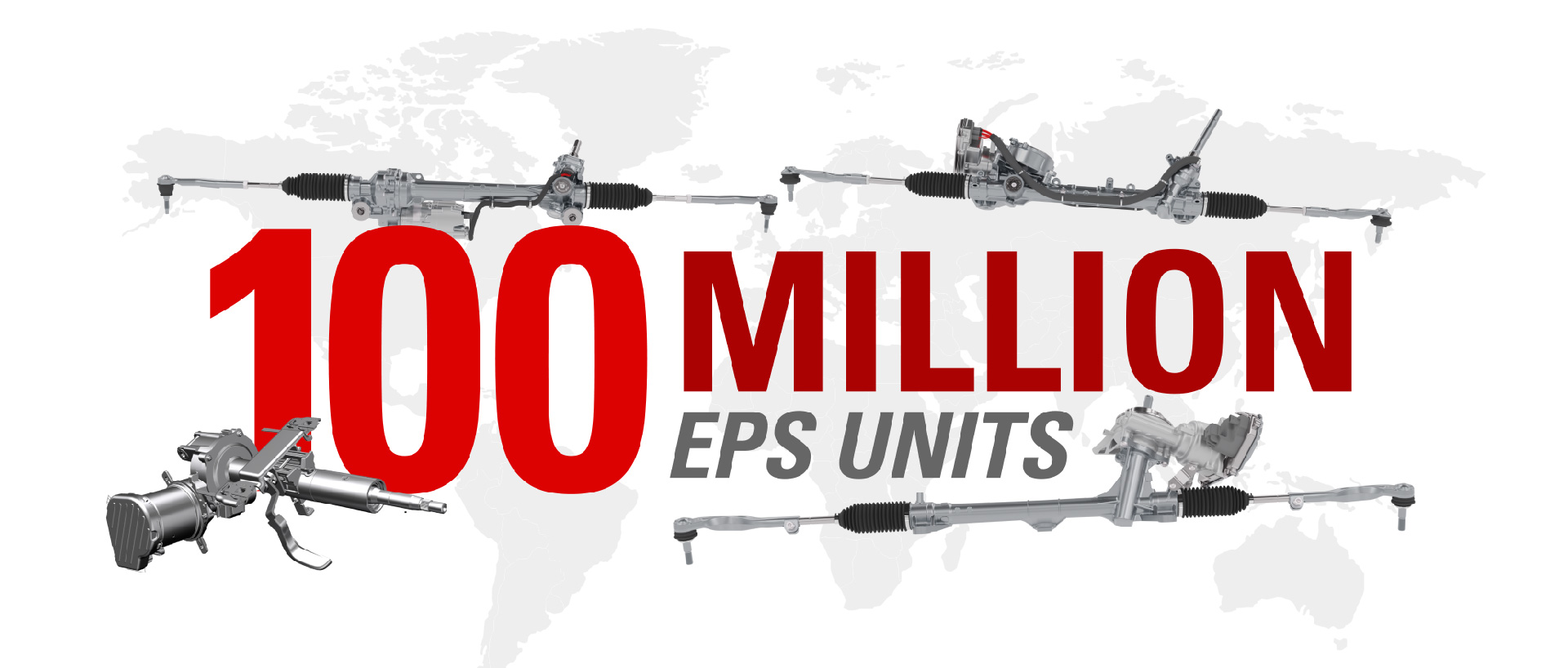OEM & Supplier Partnerships Accelerate Software-Defined Vehicle Evolution
October 4, 2023

When reading the Wards Intelligence report that ranks OEMs who are leading in the Software-Defined Vehicle (SDV) space, it’s no surprise that these SDVs leaders are also leaders in the EV transition as well as the number of over-the-air (OTA) enabled vehicle features offered to their end-consumers.
Driven by the convergence of trends like electrification, connectivity and automation, many OEMs have announced software-focused business strategies and multiple collaborations – within and outside of the automotive sector — to stay ahead of the accelerating pace of change and race for competitive advantages.
What we don’t hear about as much is the importance of strategic partnerships between OEMs and Tier 1 suppliers as software enables new value beyond the conventional boundaries of hardware-defined vehicles. Individual hardware components have always had to fit vehicles’ physical, safety and performance requirements, but now, subsystem software must also communicate and function in tandem with the vehicle’s operating system. This is where OEMs’ strategic supplier partners, like Nexteer, add value to quickly and seamlessly integrate customized, scalable software solutions for connected vehicle platforms.
Role of Partnerships to Achieve New Levels of Safety & Performance
The importance of partnerships cannot be overstated – software is quickly becoming the main driver of new safety, performance and convenience features, and OEM requirements for SDVs are expanding as a result. Integrated software and hardware solutions will play a safety-critical role for a range of vehicles as ADAS and automated driving capabilities expand. However, OEMs may not have the in-house bandwidth or system integration know-how to efficiently develop the necessary technology on their own, while also meeting advanced safety requirements and tight program timelines.
This is where strategic partners with specialized expertise – like Nexteer in advanced motion control – are valuable to efficiently create, test and incorporate software that could be cloud-based or reside within a centralized chassis domain control unit (DCU).
Speaking of testing and validation, cybersecurity expertise is core to bringing SDVs to market. While OEMs incorporate cybersecurity at the vehicle level, Nexteer further enhances safety by integrating multi-layer cybersecurity at the steering system level for maximum protection.
Next-Level Collaboration: From Black Box to White Box & Software Reuse Across Platforms
In the past, our work as a Tier 1 supplier has involved developing “black box” software that was housed within our advanced steering hardware, essentially giving the OEM no visibility into the source code. Now, a more open and collaborative approach is changing the way we work. As OEMs shift to centralized architectures, they also want more ownership into the software that’s integrated in the vehicle’s subsystems, such as the steering functions. Nexteer is changing our partnership approach and sharing “white box” code in a very open and transparent way with customers.
By working together in a more collaborative way, we continue to drive software engineering efficiencies for our customers by maintaining common software systems across vehicle platforms, enabling easier technology integration and updates while providing flexibility to support OEMs’ brand diversification needs. This type of transparency is what will enable our customers to bring their SDVs to the roads, faster.
Mutual Commitment to Quality & Safety
With a dedicated team of software engineers across four global locations and complete in-house ownership of motion control software design, Nexteer maintains a high level of quality and compliance with our OEM partners’ specifications, industry protocols and regulations.
Meanwhile, our work with OEMs enables us to go beyond creating “out-of-the-box” solutions – Nexteer listens to our customers’ needs and works closely together to co-develop innovative new features that differentiate their brands. For example, our steering software for our Electric Power Steering (EPS) and Steer-by-Wire (SbW) systems enables a unique steering feel for different types of vehicles. However, our customers can use the same standardized software across vehicle platforms and tailor functionality to give drivers the features they expect, while streamlining engineering processes.
The benefits of SDVs are obvious for both consumers and OEMs. Consumers get a safer, more connected experience that gets better and more personalized over time, while OEMs can differentiate their driving and ownership experiences and tap new revenue streams.
At Nexteer, we support the transition by developing software-based technologies that improve safety, convenience and performance through advancements in smart steering, environment detection, vehicle health management and more. Looking ahead, we expect the networked web of strategic partnerships within and outside of our industry to expand as the convergence of megatrends redefines mobility. The Nexteer team – as a leader in motion control who understands both the challenges and opportunities in this new frontier – values our strategic OEM and technology partnerships as we accelerate future mobility to be safe, green and exciting.








